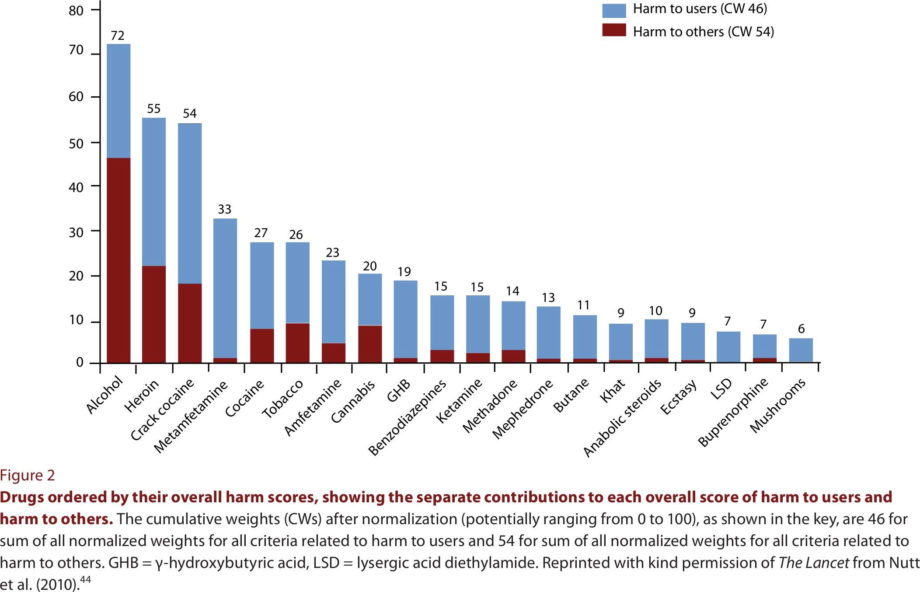People in active addiction do not use drugs to get high
Recreational users use drugs to get high. Those struggling with addiction use drugs to feel normal, or numb their pain, or escape their problems or to ward off the pain of withdrawal.
Our bodies do not know the legal status of a drug
A psychoactive drug is a chemical substance that changes brain function and results in alterations in perception, mood, or consciousness. Examples of psychoactive drugs and their legal status are illustrated below:
| Legal | Prescription | Illegal |
|---|---|---|
| alcohol | fentanyl | bootleg fentanyl |
| nicotine | morphine | heroin |
| caffeine | oxycodone | cocaine |
| cannabis | benzodiazepines | ecstasy (MDMA) |
| anti-depressants | crystal meth | |
| anti-anxiety medications | synthetic cannabinoids |
Our bodies do not know the legal status of a drug. If it is a psychoactive drug, there is a risk of addiction. The risk of addiction depends on the age of the person consuming the drug and the drug being used. For example, with respect to marijuana estimates of the rates of addiction are as high as 5%-9% for an adult and 17% for an adolescent.
Hallucinogens are not usually addictive. Hallucinogens include LSD, mescaline or mushrooms.
Even though a drug is legal, it can still cause harm
It would be logical to assume that legal drugs are the drugs that cause the least amount of harm, followed by prescription drugs and then illegal drugs. This is not the case. For example, oxycodone has many similarities to heroin. Most importantly, alcohol is a drug that has become normalized in our society. According to a study of the relative harms of 20 of the most commonly used drugs, alcohol causes the greatest amount of harm once you combine both harm to self and harm to others. Marijuana (cannabis) ranks eighth on the list. According to the World Health Organization (WHO) 5.9% of all deaths worldwide in 2012 were attributable to alcohol consumption.

Wood E, McKinnon M, Strang R, Kendall PR. Improving community health and safety in Canada through evidence-based policies on illegal drugs. Open Medicine. 2012;6(1):e35-e40.
It must be noted that this analysis was done prior to the introduction into the illegal market of more toxic drugs like fentanyl and carfentanil, both synthetic opioids which are much more powerful than morphine. These drugs are being laced in to other drugs. North America is in the midst of an opioid overdose epidemic. It has never been more dangerous to use illegal drugs. People struggling with addiction and recreational users of illegal drugs are at risk. People who are purchasing these drugs don’t know what they are getting. Due to this epidemic, Ottawa Public Health has prepared information for parents on what they need to know about opioids.
What are the costs to society of different drugs?
There is a misperception of the relative costs of alcohol and illegal drugs. This myth contributes to the discrimination and stigma faced by users of illegal substances.
In 2002, health care costs for alcohol were $3 billion, much higher than the $1 billion for illicit drugs. However, a study shows that Canadians perceived that illegal drug use was a more serious problem!
What are the beneficial and harmful effects of different drugs?
Check out this great website. It contains an easy to read list of drug facts. They also have a more detailed list of drug facts (webmaster link).